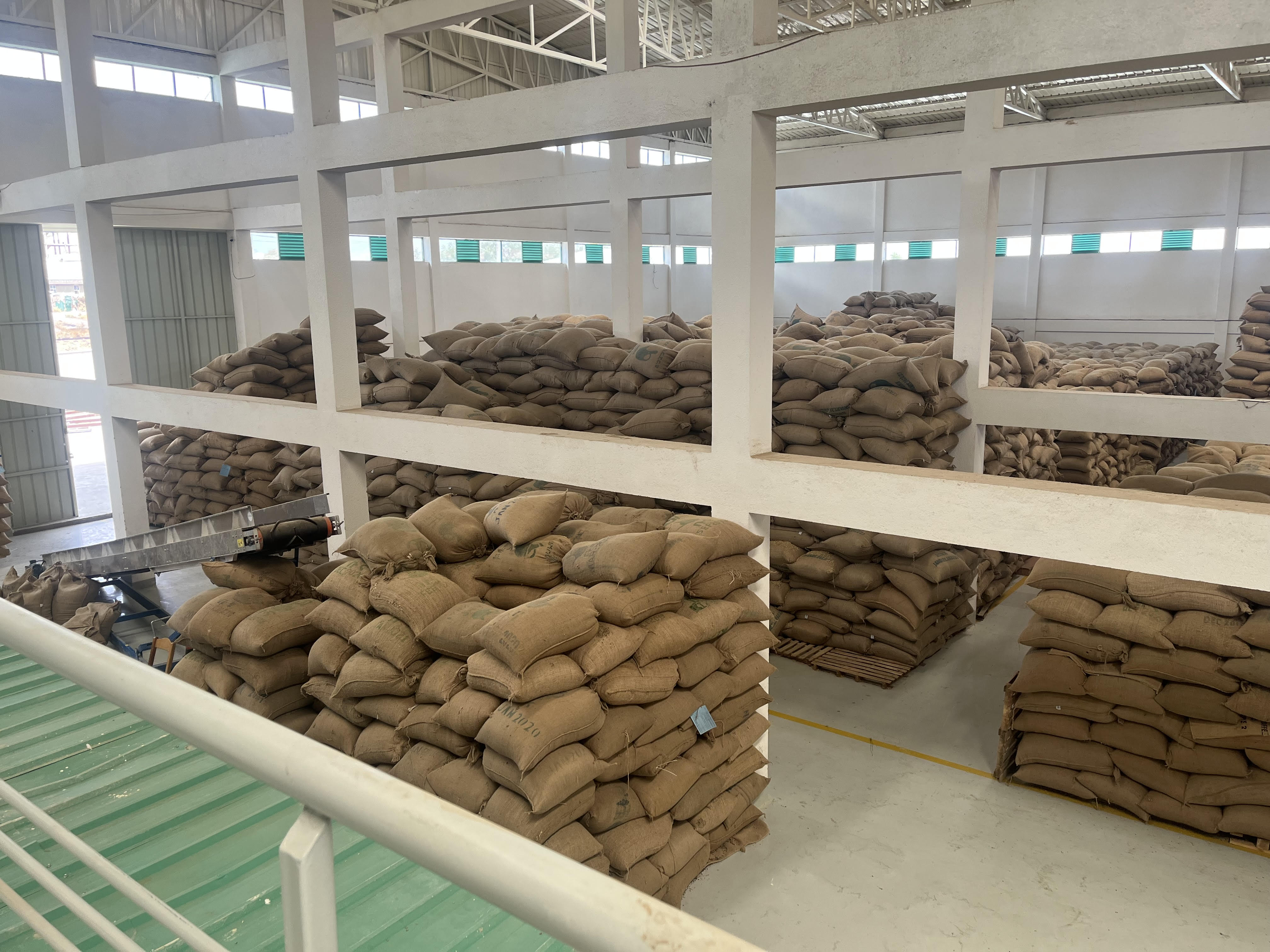Maximising an origin’s potential is always on our list of priorities as we continuously search for innovation and new ways to diversify our product portfolio. In Colombia, our approach revolves around developing in-depth relationships with private producer groups, cooperatives or exporters.
We recently started working with a new supplier, Cuatro Vientos. We have been in communication with them for approximately a year, and have now added a variety of their coffees to our offer list. They are a family-owned business and operate in different regions of Huila, one of the most popular areas for sourcing coffee in the country.
The Gonzalez family proudly runs their operations together, led by Yonatan Gonzalez, the company’s General Manager. Yonatan has a background in logistics, and is a third generation producer. His father commercialised coffee as a classic, Colombian parchment buyer.
Founded in 2018, Cuatro Vientos was named after the first farm owned by the family, on which Yonatan spent most of his childhood.
They offer both microlots and regional blends. Their coffee is quite rare in Europe, as their main market focus is in the US. They work hard on increasing their production, and their evolution has been quite impressive thus far. With almost no exports during their launch, they managed to export 24 containers in 2022 and are aiming for over 30 in 2023.

Huila & its harvest
Huila, along with Narino, is one of the main areas in Colombia where we can find characteristic, diverse and distinctive flavour profiles. The company has 3 purchasing points in Huila, located in each region they operate in: Acevedo, Santa Maria, and Algeciras. By doing so, they have access to great coffee for approximately 6 months every year.
The harvest periods in Huila are not always consistent and can change from year to year. However, the main harvest in Santa Maria and Algeciras is between April and July, whereas in Acevedo, it falls between September and December.
Even though the biggest volumes of coffee are produced in Santa Maria, we have selected lots from farms located in Algeciras and Acevedo. This is mostly due to this year’s inconsistent weather conditions in Santa Maria, which resulted in an uneven production.
Our coffees
This is the first time we have worked with them, but their approach fits all of our criteria and specific requirements in terms of quality, consistency and flavour profiles, as well as moisture and water activity. The beginning of this collaboration is therefore a great starting point to consider developing products with them. They have the know-how, infrastructure and apparent quality to implement a project like this with us.
This year, we have bought both microlots and regional blends. Most of the coffees we source from Cuatro Vientos are washed, but you will also find some special preps, such as a honey lot and anaerobic naturals.
In Colombia, it can be challenging to commercialise natural coffees, so they only produce naturals upon request.
The varieties of our selection are pacamara, geisha, pink bourbon and castillo. After being handpicked, their cherries are floated and then fermented in plastic bags or tanks. Their coffee is traditionally dried on ‘marquesinas’, mechanical dryers, or patios. They do not own a private drying mill, and therefore use infrastructure located in Acevedo.

Why we work with Cuatro Vientos
- After continuously trying their products throughout 2022, we were very pleased with their consistency. It was great to see that they have managed to effectively define their flavour profiles.
- Cuatro Vientos operates in sub-regions of Huila that are different from our existing partners.
- They are able to provide us with coffee from Huila for approximately 6 months per year, due to their regions’ different harvests.
- They are continuously growing as a company, giving us the opportunity to expand our desired volumes with them.
- We are very selective when it comes to moisture and water activity during the drying process. As they are able to access proper drying facilities, they can take away the responsibility from the farmers and ensure that high standards are met.
Want to learn more about them? Check out their website!





